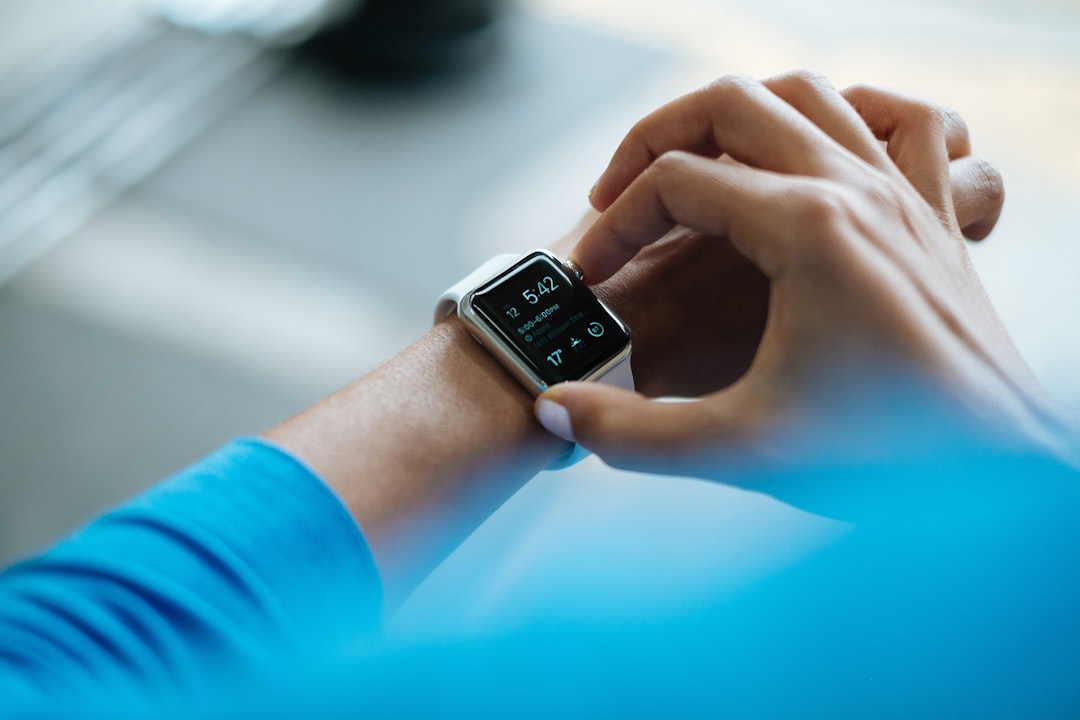Unlock encrypted content
Please enter your SSCE key to initiate on-the-fly decryption.
Decryption key: (Click cancel if you don't have the key)
Copied link to clipboard.
This feature is unavailable for free accounts. Upgrade now and enjoy all Premium benefits.
Go Premium!
This feature is unavailable for free accounts. Upgrade now and enjoy all Premium benefits.
Go Premium!
Please open this page in browser ( Google Chrome or Safari ) to use this feature.
Open In Browser
Exploring the Apple Vision Pro: A Peculiar Twist on Augmented Reality.
×
Random related video for this blog.
Copied share link to clipboard.
June 6, 2023
Related | Popular
| Latest
The tech world has been abuzz with Apple's most recent product announcement at the Worldwide Developer's Conference: the long-awaited Apple Vision Pro. This augmented reality (AR) headset has already stirred much discussion, not just because it is Apple's first foray into the AR market, but also due to its peculiar design that promises to redefine the way we interact with technology and each other.
The centerpiece of the Vision Pro is Apple's proprietary "EyeSight" feature, a front-facing display that uses advanced sensors and camera technology to project a real-time representation of the wearer's eyes on the device. The aim is to create a more social and immersive AR experience, allowing users to maintain eye contact and convey emotions even while wearing the headset. However, the execution of this feature has been met with mixed reactions. Some have praised its innovation, while others have found humor in the strange appearance it gives the wearer, likening it to a pair of oversized googly eyes.
Despite the jests, the EyeSight feature signifies Apple's commitment to creating a more socially connected experience in augmented reality. Traditional AR and VR devices often create a barrier between the user and those around them, isolating individuals in their digital worlds. The Vision Pro, on the other hand, intends to bridge this gap, allowing users to interact with their surroundings and maintain their social cues, thereby fostering a sense of shared reality. This concept is a step forward in the evolution of AR technology, promising a future where digital and physical realities can coexist seamlessly.
The Vision Pro, however, is not merely about peculiar aesthetics. It's a powerhouse of advanced technology, featuring two micro-OLED screens that can provide true 4K resolution, custom-built speakers for immersive audio, lidar space sensing for accurate environment mapping, and dual onboard custom processors for smooth and responsive AR experiences. Apple claims the Vision Pro is "the most advanced personal electronics device ever," and the impressive specs seem to support this bold claim.
Moreover, the Vision Pro is not just hardware; it's a part of an ecosystem. Apple unveiled visionOS alongside the headset, the dedicated operating system that powers it. The company's vision for this device is not just as a standalone gadget, but as an extension of its existing product lineup, creating a seamless experience for Apple users.
However, the Vision Pro's grand unveiling wasn't without controversy. The high price point has been a point of contention among tech enthusiasts. While it's common for new technology to have a higher initial cost, the Vision Pro's price tag exceeded even the most generous estimates. This has raised questions about the device's accessibility and its potential to drive mass adoption of AR technology.
Yet, it's essential to remember that technological innovation often starts with high-end, high-cost products. Think of the first personal computers or mobile phones—devices that were once considered luxury items are now commonplace. As production methods improve and technology becomes more widespread, the price of these devices often decreases, making them more accessible to a wider audience.
Apple's Vision Pro represents a significant leap in AR technology. It's a device that not only pushes the boundaries of what's technically possible but also challenges our preconceptions about how we interact with technology. Despite its high cost and the mixed reactions to its design, the Vision Pro is a bold statement from Apple, demonstrating the company's commitment to innovation and its vision for the future of AR.
Related
Data Mirroring Across Multiple Data Centers: Ensuring Data Redundancy and...
June 17, 2023
Read More
Scalable Cloud Storage Architecture for Real-time File Collaboration and Analytics.
June 1, 2023
Read More
Advanced Uploading Tools and Encryption Algorithms for Secure File Management.
June 3, 2023
Read More
Blockchain Data Storage: Revolutionizing File Management and Ensuring Data Security
June 14, 2023
Read More
Li-Fi (Light Fidelity): Revolutionizing Human-Machine Connection and Data Synchronization
June 14, 2023
Read More
Effortless File Organization and Advanced Metadata Management for Seamless Cloud...
May 31, 2023
Read More
The Future of Cloud Storage: Exploring Innovative Solutions and User-Centric...
October 17, 2024
Read More
Popular
The Future of Data Management: Exploring Drone Technology, Efficient File...
June 18, 2025
Read More
Transforming the Future: Exploring Genetic Engineering, Music Streaming, and Wearable...
June 15, 2025
Read More
Exploring Innovative Technologies for Efficient Data Management and Secure File...
July 9, 2025
Read More
Latest
Exploring Innovative Technologies for Efficient Data Management and Secure File...
July 9, 2025
Read More
The Future of Data Management: Exploring Drone Technology, Efficient File...
June 18, 2025
Read More
Transforming the Future: Exploring Genetic Engineering, Music Streaming, and Wearable...
June 15, 2025
Read More
Emerging Technologies in Cloud Storage: Revolutionizing Data Management and Security...
June 11, 2025
Read More
The Future of Cloud Storage: Reliability, Security, and Innovative Features...
June 8, 2025
Read More
Efficient Cloud Storage Solutions for Creative Professionals and Businesses in...
June 4, 2025
Read More
Exploring the Future of File Sharing: Augmented Humans, Cryptocurrency, and...
May 14, 2025
Read More
Effective Project Management Software for Remote Work: Ensuring Data Security...
May 11, 2025
Read More

























